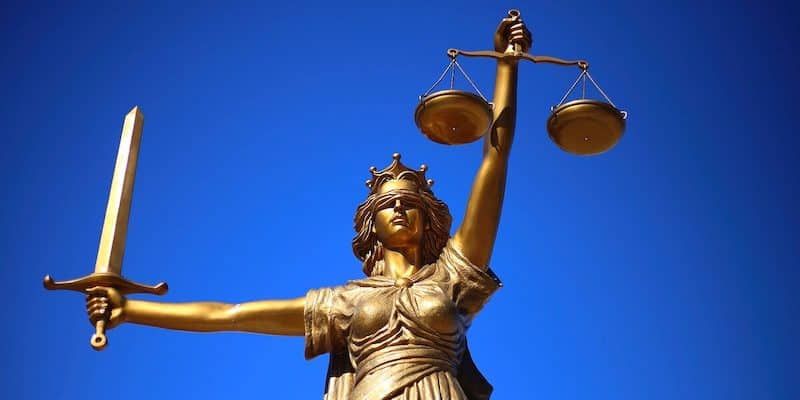
The Supreme Court, in a decision that resonated across legal and technological sectors, recently issued a brief order allowing a Mississippi law aimed at restricting children’s access to social media to remain in place, at least for the time being. This ruling, while seemingly straightforward in its immediate effect, has ignited considerable discussion regarding First Amendment rights, judicial procedure, and the complex landscape of digital regulation. The Court’s actions, particularly in its handling of emergency appeals, often offer critical insights into its evolving jurisprudence.
At the heart of this latest development lies a concurring opinion from Justice Brett Kavanaugh, a jurist often positioned at the ideological center of the current conservative Court. His commentary, though supportive of the Court’s immediate procedural outcome, articulated significant reservations about the Mississippi law’s ultimate constitutional viability. This dual perspective from a key justice provides a roadmap for understanding the delicate balance the Court seeks to strike between state regulatory efforts and fundamental constitutional protections.
To fully grasp the intricate legal threads woven through this decision, it becomes essential to delve into the specific mechanisms and precedents guiding the Supreme Court’s emergency docket. From the nuanced application of the “balance of harms and equities” standard to the historical context of relevant case law, each element contributes to a comprehensive picture of this pivotal moment in digital policy. We embark on an in-depth examination of the initial ruling, Justice Kavanaugh’s crucial insights, and the procedural frameworks that define such expedited judicial reviews.

1. **The Supreme Court’s Brief Order on Mississippi’s Social Media Law**
The Supreme Court on Thursday delivered a very brief order concerning Mississippi’s law designed to regulate children’s access to social media. This concise ruling permits the law, at least temporarily, to remain in effect while the larger legal battle unfolds. The Court’s action came in response to an emergency appeal filed by NetChoice, a prominent trade group representing various internet companies, which had sought to halt the law’s enforcement.
It is a common practice for the Supreme Court, when deciding on an emergency appeal, not to elaborate on its reasons for rejecting such interventions. This brief, unsigned order, without noted dissents, meant that the Mississippi measure would not be kept on hold. The core of NetChoice’s request was to pause the law’s implementation while the case continued to progress through the lower courts on its substantive merits, reflecting a standard procedural maneuver in ongoing litigation.
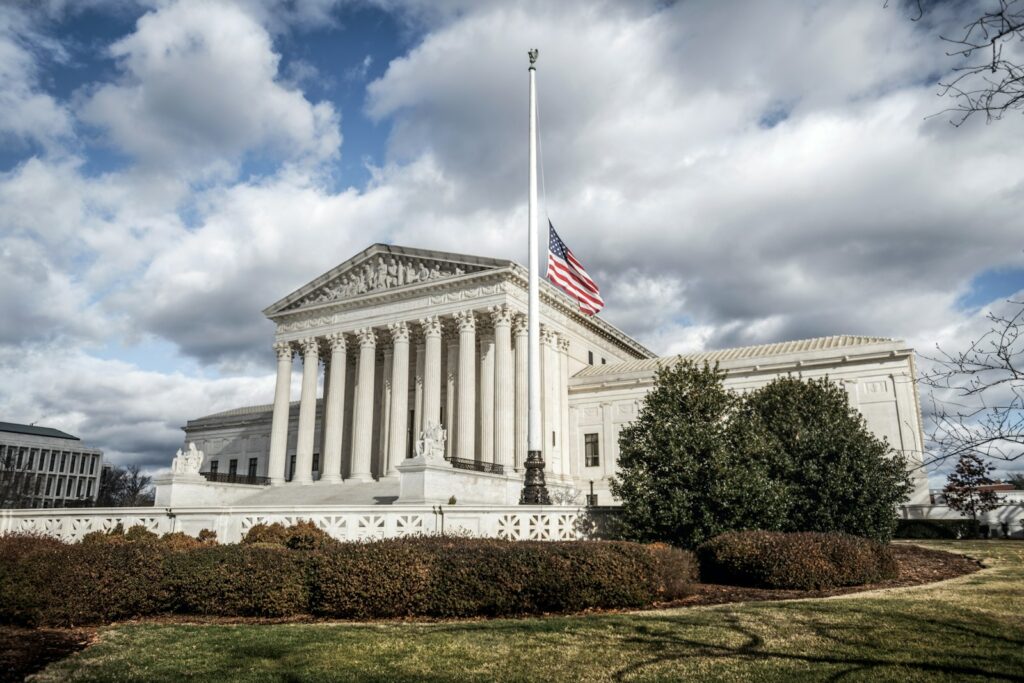
2. **Justice Brett Kavanaugh’s Pivotal Concurring Opinion**
Despite joining the Court’s decision to allow the Mississippi law to stand for now, Justice Brett Kavanaugh penned a significant concurring opinion that provided a clear window into his legal thinking. He articulated a strong belief that the law at issue in Netchoice v. Fitch “would likely violate [social media companies’] First Amendment rights under this Court’s precedents.” This statement from a central justice underscores the profound constitutional questions at play.
Kavanaugh’s agreement with his colleagues stemmed not from an endorsement of the law’s constitutionality, but from a procedural assessment. He explained that NetChoice, the plaintiff, “has not sufficiently demonstrated that the balance of harms and equities favors it at this time.” He reiterated that while NetChoice “demonstrated it would likely succeed on the merits” of the case, it had failed to meet the stringent high bar required for emergency relief, thus aligning his procedural vote with the Court’s immediate outcome.

3. **The ‘Balance of Harms and Equities’ Standard**.
Justice Kavanaugh’s specific reference to “the balance of harms and equities” is a crucial legal concept, directly pertaining to the rules applied by the Supreme Court in its “shadow docket” cases. This standard serves as a critical test when litigants seek immediate, temporary relief, such as blocking a lower court’s decision, while the full litigation process is still underway. It requires a nuanced evaluation of potential injuries to all parties involved.
This standard necessitates more than just showing a likelihood of prevailing on the merits of a case. To receive shadow docket relief, a litigant must additionally prove that they “will be irreparably injured absent a stay.” Furthermore, appellate courts often consider whether blocking a lower court’s decision would “substantially injure” any third parties, or if it would otherwise negatively impact “the public interest.” These multifaceted considerations weigh heavily in the Court’s expedited decisions.
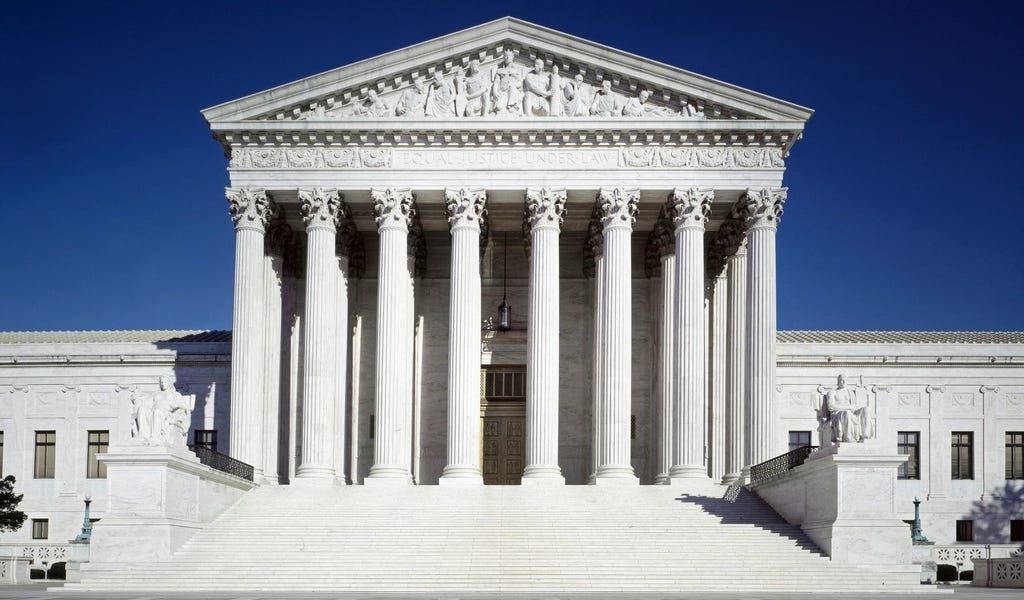
4. **Understanding the Supreme Court’s ‘Shadow Docket’**
The term “shadow docket” refers to a distinct category of cases handled by the Supreme Court, comprising a mix of emergency motions and other matters that the justices decide on an expedited basis. Unlike the Court’s regular merits docket, which involves full briefing, oral arguments, and signed opinions, decisions from the shadow docket are often brief, unsigned, and issued without extensive explanation. This makes them particularly impactful in their immediate effects.
Typically, when the Court grants relief through the shadow docket, it issues a temporary order. This order serves to block a lower court’s decision, effectively pausing its enforcement until the case can be fully litigated through the federal appeals courts and, in some instances, eventually reaches the Supreme Court for full consideration. This expedited process is designed to address urgent legal questions that cannot wait for the traditional, lengthier review process, yet its less transparent nature has drawn considerable attention.
5. **The Precedent of Nken v. Holder (2009)**
The principles guiding the Supreme Court’s shadow docket decisions are often rooted in established precedents, with Nken v. Holder (2009) serving as a foundational case. In Nken, the Court firmly held that for a litigant to persuade an appellate court to block a lower court’s decision during ongoing litigation, merely demonstrating a likelihood of prevailing on appeal is insufficient. This ruling set a higher bar for obtaining such emergency relief.
Specifically, the Nken precedent mandates that the litigant must also convincingly show they “will be irreparably injured absent a stay.” This requirement emphasizes the need for immediate, irreversible harm that cannot be remedied later. Additionally, appellate courts are often required to assess whether granting such a stay would “substantially injure” any third parties, or if it would otherwise be detrimental to “the public interest.” These criteria collectively form a rigorous test for emergency interventions.
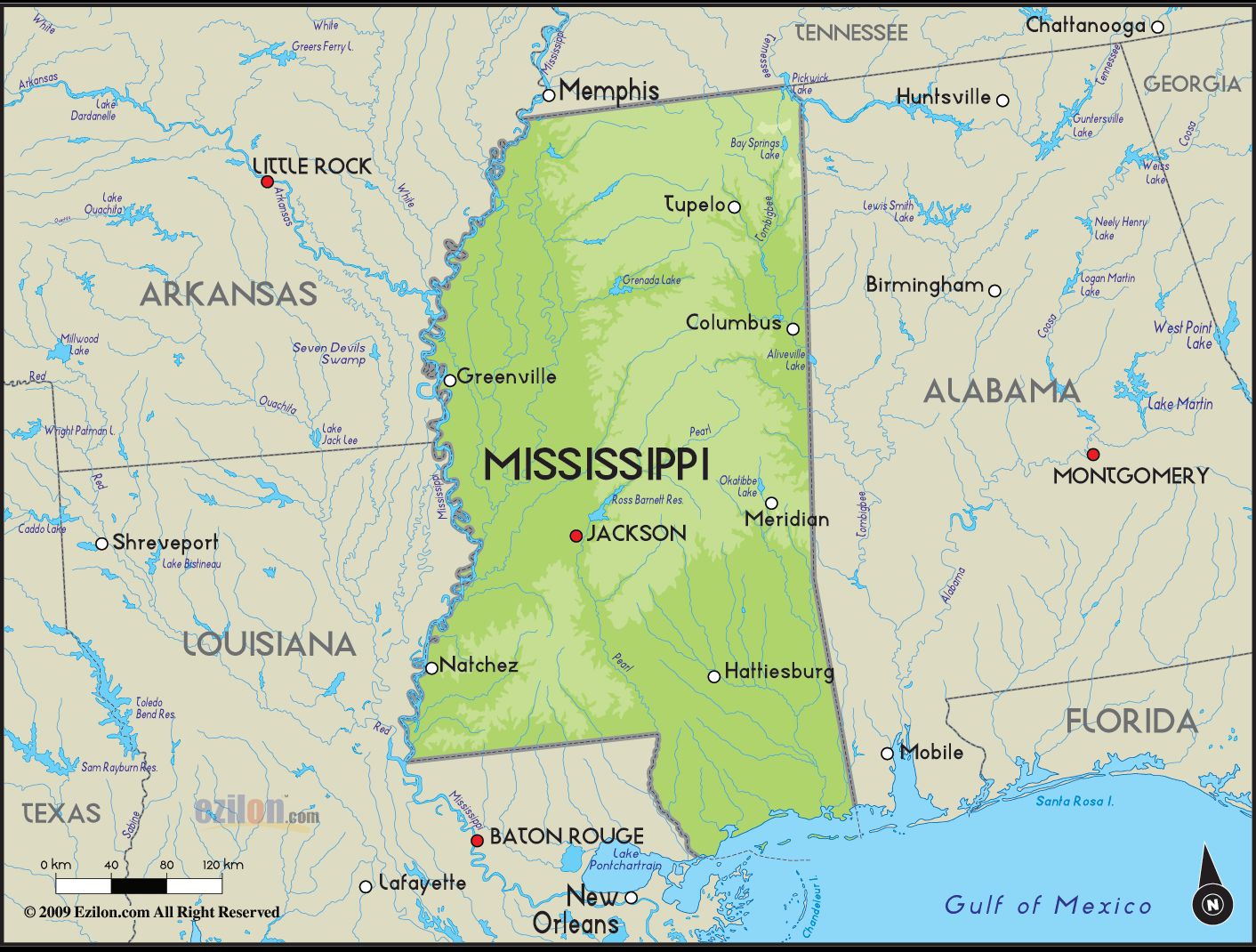
6. **The Nature and Provisions of Mississippi’s H.B. 1126**
At the core of the current legal dispute is Mississippi’s sweeping social media law, H.B. 1126, which was enacted by the state in 2024. This legislation aims to significantly regulate how young people interact with digital platforms, specifically by blocking minors from using nine popular social media sites without obtaining express parental consent. The list of targeted platforms includes widely used services such as Facebook, Instagram, YouTube, Snapchat, Pinterest, and Reddit, indicating the broad scope of the law.
Beyond restricting access, H.B. 1126 imposes additional obligations on social media companies. It requires these sites to implement further steps to verify the ages of users before allowing them to create accounts. Furthermore, the law mandates that platforms “develop and implement a strategy” designed to shield young people from exposure to material deemed harmful. Failure to comply with these provisions carries significant consequences, including potential fines of up to $10,000 per violation, and in certain circumstances, even criminal penalties. Despite these stringent measures, Justice Kavanaugh noted that the law “is fairly toothless” and it remains “far from clear whether any actual child or teenager has not been able to use a social media site because of the law,” suggesting a potential lack of irreparable injury.
The first section meticulously laid out the immediate impact of the Supreme Court’s decision on Mississippi’s social media law, delving into Justice Kavanaugh’s nuanced concurring opinion and the procedural intricacies of the Court’s “shadow docket” and the Nken v. Holder precedent. We explored the specifics of H.B. 1126, Mississippi’s comprehensive law aimed at regulating youth access to social media, and Justice Kavanaugh’s observation regarding its apparent lack of teeth in practice. Now, as we transition into the broader implications, we will examine how the Court’s application of these principles has varied, the far-reaching consequences for First Amendment rights, the ongoing legal battles waged by tech industry groups, and the burgeoning national trend of age-verification legislation.

7. **Selective Application of Nken: The ‘Special Set of Rules for Trump’**
Justice Kavanaugh’s explicit reliance on the Nken v. Holder precedent in the NetChoice case, though legally sound on its face, introduces a curious inconsistency when viewed against the backdrop of the Supreme Court’s recent shadow docket jurisprudence. This application struck many legal observers as “odd,” primarily because the Court itself appears to have, at times, deviated from the stringent Nken standard in other high-profile emergency cases. The perceived selective enforcement of this crucial legal requirement has fueled considerable debate regarding judicial impartiality and the consistency of the Court’s expedited rulings.
Indeed, Justice Ketanji Brown Jackson, in a pair of dissenting opinions earlier this year, eloquently articulated this apparent divergence, specifically pointing to instances where the Court seemed to abandon Nken when applications originated from the Trump administration. According to her analysis, when President Donald Trump or his administration sought a shadow docket order, the Court typically ignored the requirement to prove “irreparable injury,” often ruling in favor of Trump regardless of whether such harm was demonstrably present. This suggests a pattern where the usual procedural hurdles for emergency relief were seemingly lowered or altogether bypassed for a specific litigant, raising questions about the equitable application of judicial rules.

8. **The Social Security Administration v. AFSCME (2025) Example**
To illustrate this alleged departure from the Nken standard, the case of Social Security Administration v. AFSCME (2025) serves as a particularly illuminating example. In this instance, the Republican justices on the Court ruled that DOGE, a White House office once led by billionaire Elon Musk, was granted immediate access to sensitive information held by the Social Security Administration. This decision, delivered via the shadow docket, provided swift relief to the administration without the apparent rigorous adherence to the “irreparable injury” standard typically demanded.
What made the AFSCME case particularly notable was the government’s approach to substantiating its need for emergency relief. When directly asked by a judge what harm the government would experience if DOGE’s access to this sensitive information were delayed, Trump’s lawyer conspicuously did not name any such harm. Instead, the lawyer merely stated that the Trump administration would “stand on the record in its current form.” Furthermore, the Trump administration’s brief submitted to the justices in AFSCME made virtually no attempt to argue that the administration faced irreparable injury without shadow docket relief, dedicating only a single paragraph to the question of irreparable harm. This paragraph, rather than identifying a specific, irreversible injury to the government that could not be remedied by a future court order, instead vaguely complained that the lower court order blocking DOGE’s access “impinges on the President’s broad authority.” This striking absence of a detailed irreparable harm argument, coupled with the Court’s decision to grant relief, stands in stark contrast to the Nken standard applied in cases like NetChoice.
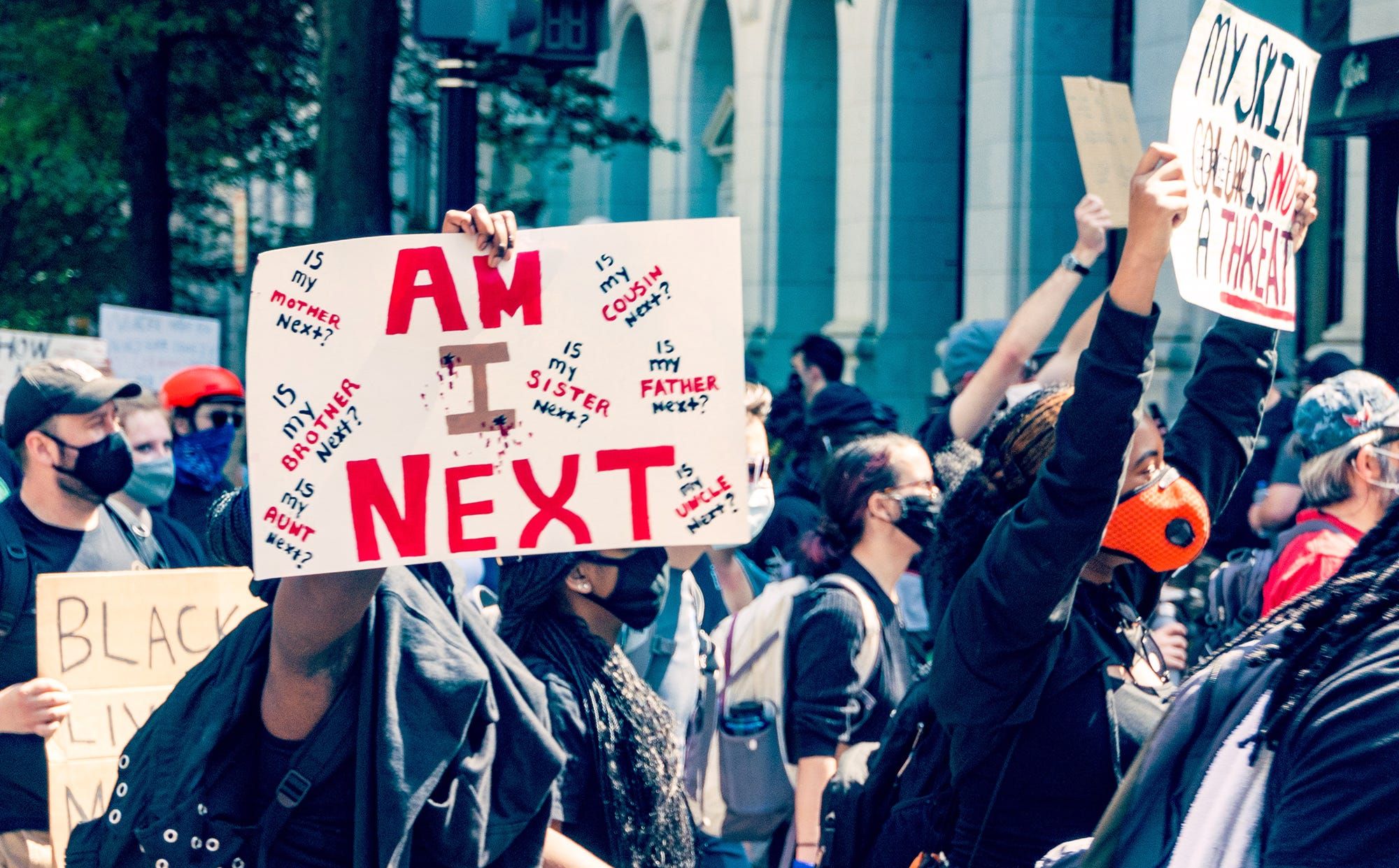
9. **First Amendment Rights: A Renewed Sense of Security?**
Beyond the procedural intricacies of the shadow docket, Justice Kavanaugh’s concurring opinion in Fitch also provides significant clarifying insights into the Supreme Court’s evolving stance on First Amendment rights, particularly in the realm of digital content regulation. This clarification is especially pertinent given recent judicial developments that have cast a shadow of uncertainty over the future of free speech protections in the digital age. His opinion offers a glimmer of what could be a renewed sense of security for these fundamental freedoms.
Just last June, the Supreme Court had slightly rolled back First Amendment rights in a decision known as Free Speech Coalition v. Paxton. This ruling held that states possessed the authority to require pornographic websites to verify that their users are over the age of 18, a precedent that some interpreted as potentially paving the way for broader restrictions on online speech. Following that decision, it remained unclear whether the Court intended to further weaken the First Amendment’s protections or if Free Speech Coalition was merely a one-off decision, specifically applying solely to the unique context of pornography.
Kavanaugh’s Fitch concurrence appears to resolve this ambiguity, strongly suggesting that, for the most part, the First Amendment “is safe” from broader erosion. By asserting that Mississippi’s social media law “would likely violate [social media companies’] First Amendment rights,” he signaled a firm commitment to established free speech precedents, even while procedurally agreeing to let the law temporarily stand. To his credit, Justice Kavanaugh has generally maintained a consistent record of voting in favor of free speech throughout his tenure on the Court, including in numerous instances where Republican lawmakers had sought to impose restrictions, thereby reinforcing the perception that his stance on fundamental speech protections remains robust.

10. **NetChoice’s Ongoing Legal Challenge**
The Supreme Court’s decision to temporarily allow Mississippi’s H.B. 1126 to remain in effect marks just one chapter in NetChoice’s extensive, ongoing legal battle against state-level social media regulations. This prominent tech industry trade group, representing giants like Google (which owns YouTube), Snap Inc. (Snapchat), and Meta (Facebook and Instagram), has consistently argued that such laws infringe upon fundamental free speech protections guaranteed by the First Amendment and threaten user privacy rights across the digital landscape. Their legal strategy is multifaceted, encompassing direct lawsuits and emergency appeals at every level of the federal judiciary.
NetChoice swiftly initiated its challenge against Mississippi’s law, arguing that it unconstitutionally restricted the free expression of users of all ages and imposed undue burdens on platforms. Following the Fifth Circuit’s unexpected reversal of a lower court injunction, which permitted the law to take force, NetChoice promptly filed its emergency appeal with the Supreme Court, highlighting the immediate and “irreparable” injury it contended would arise if the law were allowed to go into effect. Paul Taske, co-director of the NetChoice Litigation Center, acknowledged the Supreme Court’s recent decision as an “unfortunate procedural delay,” but expressed confidence that Justice Kavanaugh’s concurrence “makes clear that NetChoice will ultimately succeed in defending the First Amendment — not just in this case but across all of NetChoice’s ID-for-Speech lawsuits.” Their lawyers also pointedly noted the Fifth Circuit’s lack of explanation for its decision, stating, “Neither NetChoice nor this Court can know why the Fifth Circuit believed this law satisfies the First Amendment’s stringent demands or deviated from the seven other decisions enjoining similar laws.”

11. **The Journey Through the Lower Courts**
To fully appreciate the Supreme Court’s recent intervention, it is vital to trace the tortuous path of Mississippi’s H.B. 1126 through the federal judicial system before it reached the high court. The law, a significant legislative initiative, was initially passed by the state of Mississippi in 2024, reflecting a growing sentiment among state policymakers to regulate social media use among minors. Its enactment immediately prompted legal challenges from tech industry groups concerned about its broad implications for online freedom and operational feasibility.
The first critical juncture in the law’s journey occurred when U.S. District Judge Halil Suleyman Ozerden reviewed NetChoice’s request for a preliminary injunction. In June, Judge Ozerden sided with NetChoice, issuing an injunction that temporarily blocked Mississippi from implementing its law. While acknowledging the state’s “compelling interest” in safeguarding minors online, Judge Ozerden firmly stated that Mississippi’s law involved “substantially more speech than is necessary for the state to accomplish its goals,” concluding that it “ran afoul of the First Amendment.” This initial judicial setback for the state signaled potential constitutional vulnerabilities in the law’s design and scope.
However, this victory for NetChoice was short-lived. In July, a three-judge panel of the Fifth Circuit Court of Appeals unanimously voted, and notably, without explanation, to freeze Judge Ozerden’s lower court injunction. This pivotal reversal permitted the Mississippi law to immediately take force, prompting NetChoice’s urgent request for emergency intervention from the Supreme Court. The Fifth Circuit’s decision, delivered without any accompanying rationale, created an unusual and immediate shift in the legal landscape, placing the burden squarely on the tech industry group to seek recourse from the nation’s highest court.
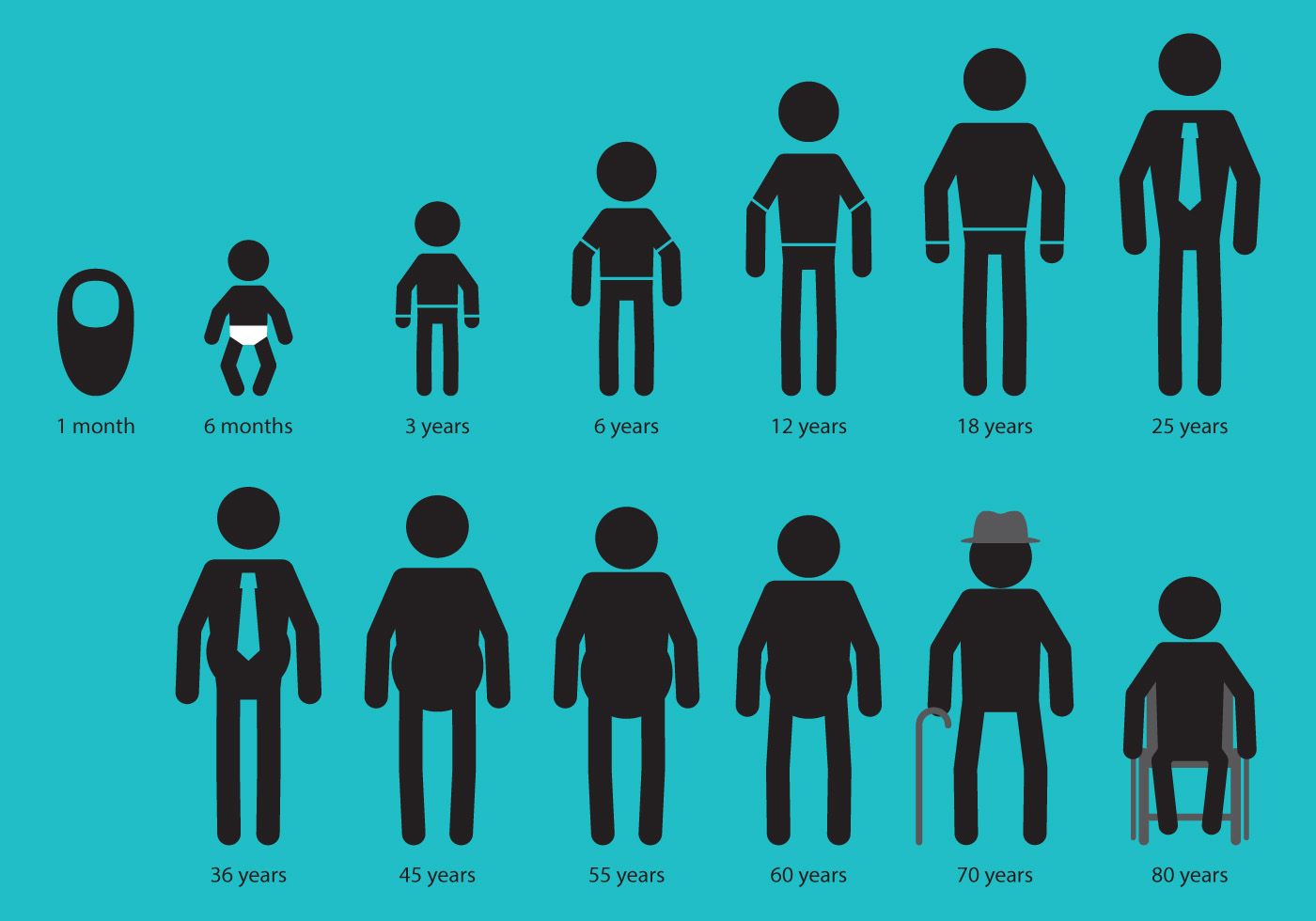
12. **The National Landscape of Age-Verification Legislation**
Mississippi’s H.B. 1126 is not an isolated legislative anomaly; rather, it is part of a burgeoning national trend of states moving to implement similar age-verification legislation aimed at regulating minors’ access to social media. This surge in legislative activity reflects widespread and growing concerns among parents, educators, and even teenagers themselves about the profound effects of social media use on young people’s mental health and well-being. States like Arkansas, Florida, Georgia, Ohio, and Utah have already moved to pass comparable measures, signaling a concerted effort to address perceived online harms through state-level mandates.
The impetus behind these laws is often framed around the protection of minors. Supporters of these new laws emphasize the urgent need to curb what researchers increasingly identify as an “explosive use of social media among young people” and its associated “increase in depression and anxiety.” Mississippi Attorney General Lynn Fitch, for instance, argued before the justices that age verification could serve as a vital tool to help protect young people from myriad online dangers, including “abuse, trafficking, physical violence, extortion and more.” Fitch further asserted that such activities are explicitly not protected by the First Amendment, thereby attempting to draw a clear line between protected speech and harmful conduct. However, these legislative efforts have consistently faced robust legal challenges from groups like NetChoice, which has proactively filed similar lawsuits in several of these states, including Florida and Texas earlier this year, underscoring the ongoing tension between state regulatory ambition and established constitutional freedoms.
The Supreme Court’s recent decision, while procedural in its immediate effect, underscores the intensifying national debate over how best to safeguard young people in an increasingly digital world. As the legal challenges continue to unfold across various states, and with the Mississippi case poised for full consideration by the higher courts, the ultimate balance between protecting minors, upholding fundamental First Amendment rights, and defining the responsibilities of social media platforms remains a complex and critically important legal frontier. The trajectory of these cases will undoubtedly shape the future of online regulation for generations to come.




